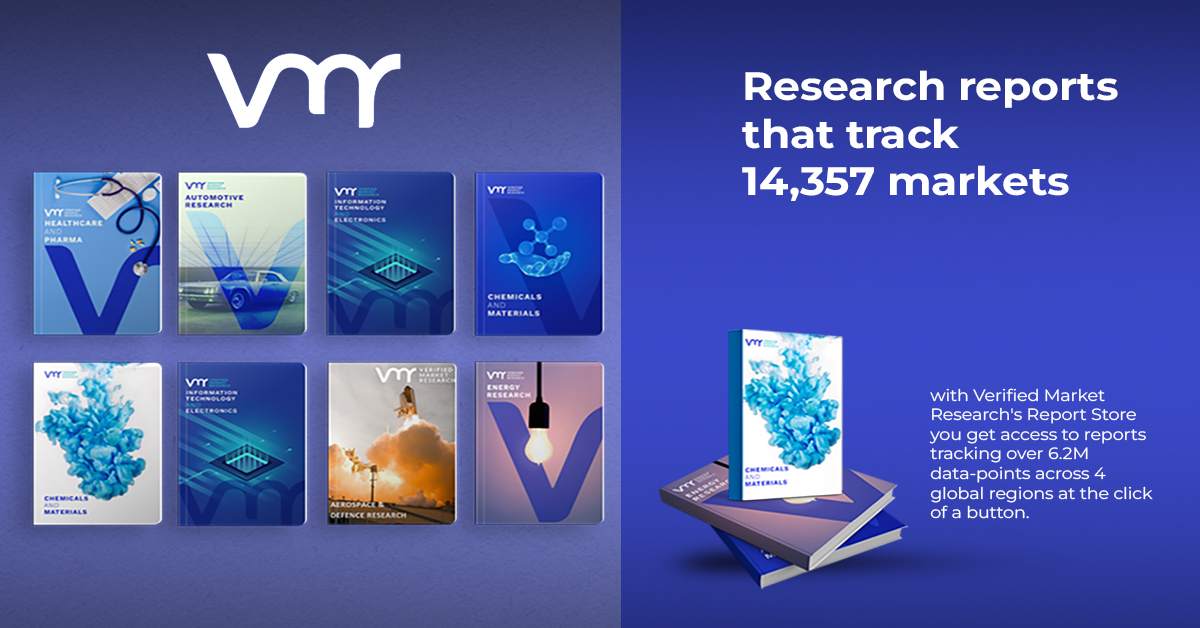Exploring Key Trends and Developments in the Multi-Med Adherence Packaging Market
The Multi-Med Adherence Packaging market is rapidly growing as healthcare providers and patients alike focus on improving medication adherence, a crucial factor in managing chronic conditions. In recent years, significant advances have shaped the landscape of this industry, driven by a growing elderly population, innovations in healthcare technology, and increasing pressure to reduce medication errors. This article delves into the latest developments and trends shaping the future of this market while considering the challenges and opportunities that companies are facing.
Market Overview: Growth Factors and Current Landscape
The demand for multi-med adherence packaging has surged in response to the challenges faced by patients, caregivers, and healthcare providers in managing complex medication regimens. According to market research, the global multi-med adherence packaging market is projected to grow at a robust pace, largely due to increased healthcare access and the rising prevalence of chronic diseases such as diabetes, cardiovascular disorders, and cancer.
North America leads this market, driven by its advanced healthcare systems and large aging population. The U.S. healthcare system, with its significant investments in healthcare technology and patient safety, has been at the forefront of adopting adherence packaging solutions. Meanwhile, the Asia-Pacific region is emerging as the fastest-growing market due to expanding healthcare infrastructure, rising disposable incomes, and growing awareness of medication management.
Key Recent Developments
- Product Innovations
In February 2024, Jones Healthcare Group launched FlexRx Gen 2 and FlexRx Reseal, two innovative packaging solutions aimed at improving pharmacy efficiency. FlexRx Gen 2 is designed to make medication handling easier, while FlexRx Reseal offers the ability to reseal medications, enhancing the flexibility and usability of packaging for pharmacies.
Another notable development is the introduction of Digi-Cap by Berry Global in 2023, a digital child-resistant closure equipped with a microprocessor. This product tracks when patients open medication containers and records storage conditions, providing valuable data for clinical trials and research. - Technological Advancements
The integration of digital tools in adherence packaging has been one of the most significant trends. Many companies are incorporating technologies that allow for monitoring patient behavior, such as when and how medications are consumed. These innovations offer healthcare providers real-time data on medication adherence, which can be critical in personalizing treatments and improving outcomes. - Sustainability Initiatives
Environmental sustainability is also becoming a key concern in the multi-med adherence packaging industry. Companies are increasingly using recyclable materials such as paper and aluminum, and designing packaging that minimizes waste. These efforts not only meet regulatory requirements but also align with the growing consumer preference for eco-friendly solutions.
Market Segmentation
The market can be divided into several key segments based on material, packaging type, and end-use:
- Material: Common materials used include plastic, paper, and aluminum. Each material has its advantages, with plastic offering durability, paper being environmentally friendly, and aluminum providing robust protection against external factors such as moisture.
- Packaging Type: Multi-med adherence packaging comes in various forms, including blister packs, pouches, and strips. Blister packs remain a popular choice due to their ease of use and ability to keep medications organized and secure.
- End-Use: Key users of these packaging solutions include retail pharmacies, hospitals, and long-term care facilities, with retail pharmacies leading the adoption of adherence packaging as they cater directly to consumers.
Challenges and Restraints
Despite the promising growth, the multi-med adherence packaging market faces significant challenges that could hinder its full potential:
- High Initial Costs
One of the primary restraints is the high cost of implementing these packaging solutions. Healthcare providers and packaging manufacturers need to invest in specialized equipment, software, and staff training to adopt adherence packaging systems. For smaller pharmacies or healthcare facilities with tight budgets, these costs can act as a barrier to widespread adoption. - Regulatory Compliance
Regulatory compliance is another major challenge, particularly in regions with strict standards for medication packaging and patient data handling. In some countries, adherence packaging that integrates digital components must meet stringent privacy and security regulations, which can delay product launches and increase operational costs. - Supply Chain Disruptions
The market has also been affected by global supply chain disruptions. Shortages of raw materials and delays in shipping have impacted production timelines and driven up costs. However, companies are actively seeking ways to mitigate these risks through advanced procurement strategies and improved supplier relationships.
Future Outlook and Opportunities
Despite the challenges, the future of the multi-med adherence packaging market looks bright, with several key trends set to drive growth:
- Aging Population: As the global population ages, the demand for adherence packaging will only increase. Elderly patients often struggle with complex medication regimens, making multi-med adherence packaging an essential tool for ensuring that they take their medications correctly.
- Increased Focus on Patient Safety: Reducing medication errors remains a top priority for healthcare providers, and adherence packaging plays a crucial role in this effort. By organizing medications by time and dose, these solutions help ensure that patients take the right medications at the right time.
- Expansion in Emerging Markets: The Asia-Pacific region, in particular, is expected to see significant growth in the adoption of adherence packaging solutions. As healthcare infrastructure improves and access to healthcare expands, more patients will benefit from these systems.
The multi-med adherence packaging market is poised for continued growth as healthcare providers and patients increasingly recognize the value of organized, easy-to-use packaging solutions. With ongoing innovations in digital technology, sustainability efforts, and the growing demand for patient safety, this market is set to play a critical role in improving healthcare outcomes worldwide.
However, companies will need to navigate the challenges of high implementation costs and complex regulatory environments to fully capitalize on the opportunities ahead. By addressing these issues and continuing to innovate, the multi-med adherence packaging industry can drive significant advancements in healthcare management in the years to come.
The future promises exciting developments, and the companies leading these innovations will shape the direction of patient care and medication management globally.










